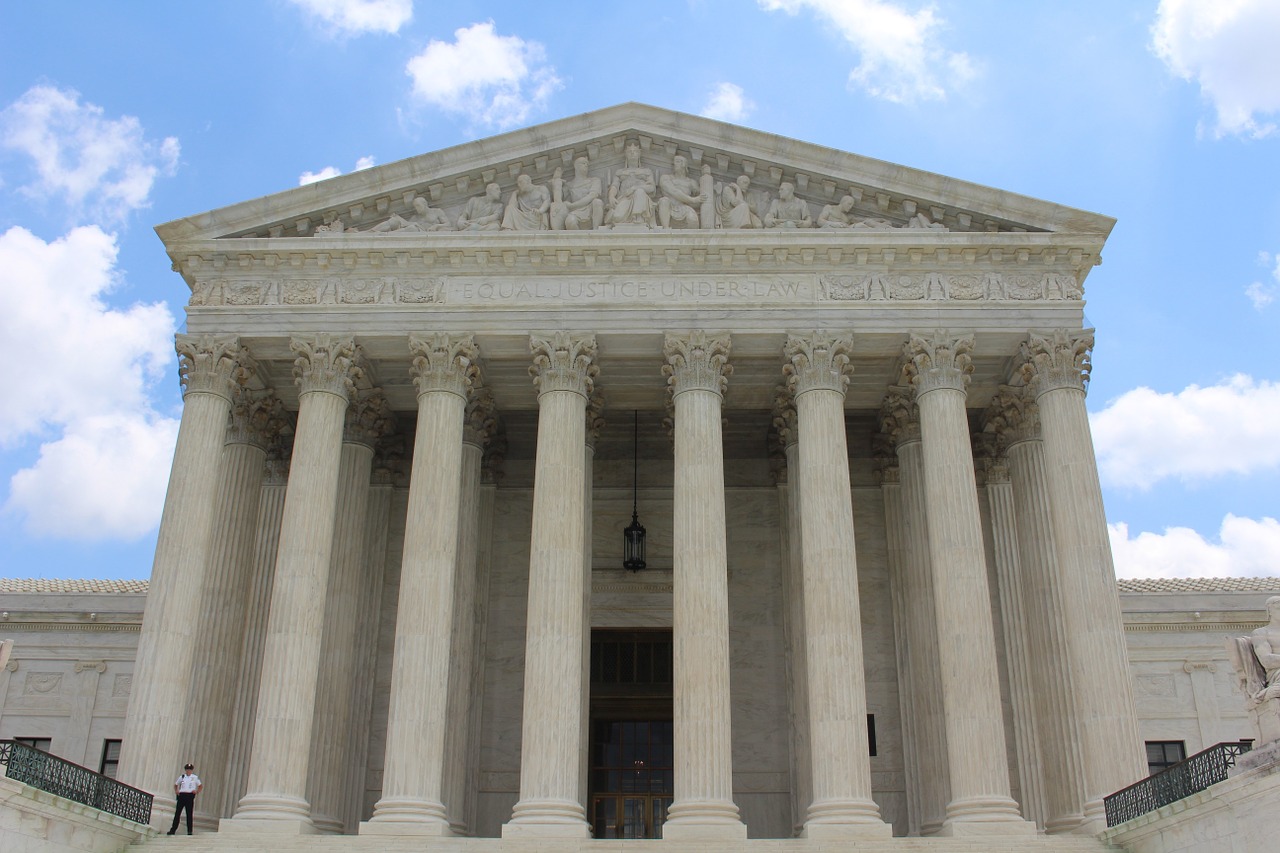The US Supreme Court heard oral arguments Wednesday on the legality of a Bureau of Alchohol, Tobacco, Firearms and Explosives (ATF) rule that banned rapid-fire “bump stock.” The case is an appeal from the US Court of Appeals for the Fifth Circuit, which struck down the rule.
Throughout all the arguments, the justices wrestled with the question of what makes a weapon a machinegun under the National Firearms Act of 1934. The statute defines a “machinegun” as:
any weapon which shoots, is designed to shoot, or can be readily restored to shoot, automatically more than one shot, without manual reloading, by a single function of the trigger. The term shall also include the frame or receiver of any such weapon, any part designed and intended solely and exclusively, or combination of parts designed and intended, for use in converting a weapon into a machinegun, and any combination of parts from which a machinegun can be assembled if such parts are in the possession or under the control of a person.
Principal Deputy Solicitor General Brian H. Fletcher argued on behalf of the ATF. Chief Justice John Roberts, Justice Clarence Thomas and Justice Elena Kagan questioned Fletcher on how a bump stock functions compared to a fully automatic machinegun and what a shooter using a bump stock has to do to fire a weapon at a higher rate than usual. In response, Fletcher defined a bump stock device as:
a device that is purpose-built to harness the recoil energy of the gun to automate the process of releasing the trigger, to move the rifle back just the right distance in just the right direction so that the trigger resets, and then to ensure that the rifle moves forward again, again, just the right distance, just the right direction.
Justice Neil Gorsuch seemed concerned about how the ATF went about outlawing bump stocks. Gorsuch noted that the ATF promulgated its final rule after notice and comment rulemaking. However, Gorsuch showed hesitation in interpreting a statute to include a device that was not yet in use at its original passage into law by Congress. Additionally, Justice Brett Kavanaugh questioned Fletcher on how the ATF’s final rule would impact bump stock owners who bought these devices between the Fifth Circuit’s ruling and the Supreme Court possibly reinstituting the ban.
Attorney Jonathan F. Mitchell argued against the ATF’s final rule. Mitchell focused on the fact that the trigger of a firearm with a bump stock still has to reset after each shot. Justices Ketanji Brown Jackson and Kagan questioned Mitchell on the “function” of bump stock devices and how they are used to shoot bullets at an increased rate of fire, like a traditional automatic machinegun. Still, Mitchell focused on the text of the statute in dispute and the difference in how the trigger function operates with a bump stock versus an automatic weapon.
The Trump administration promulgated the ban in March 2019 after a gunman used a bump stock attachment and killed 58 people in Las Vegas in 2017. The Supreme Court declined to hear a challenge to the ban in November 2022.


